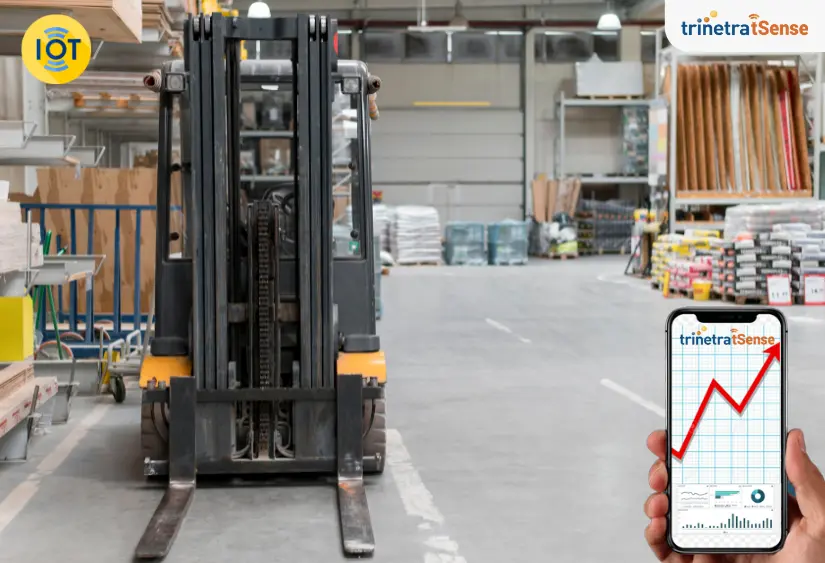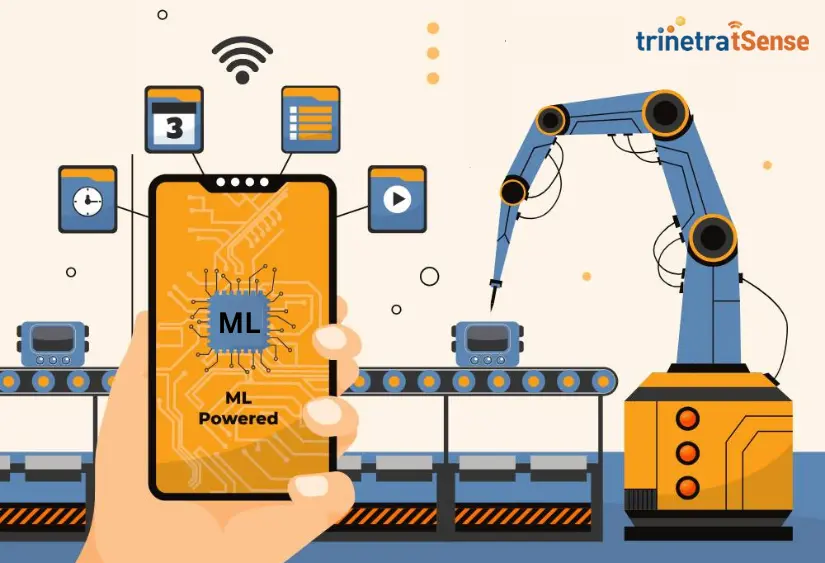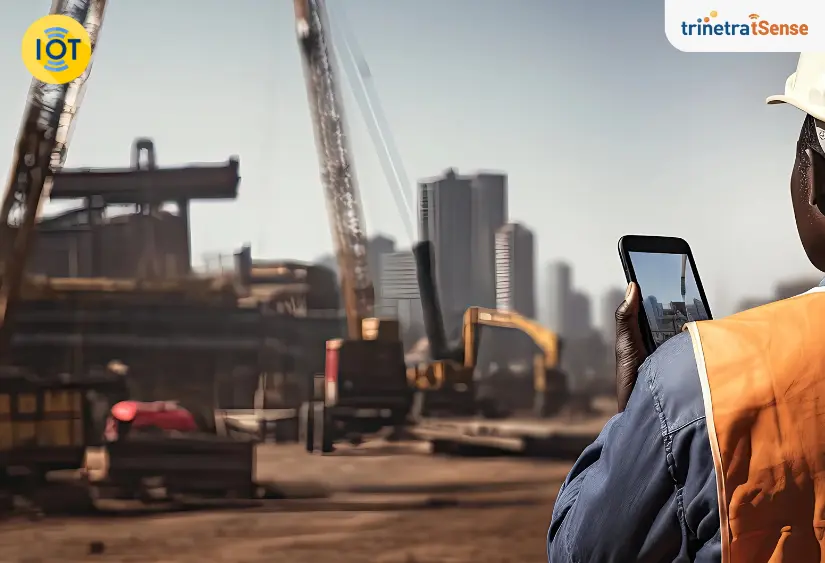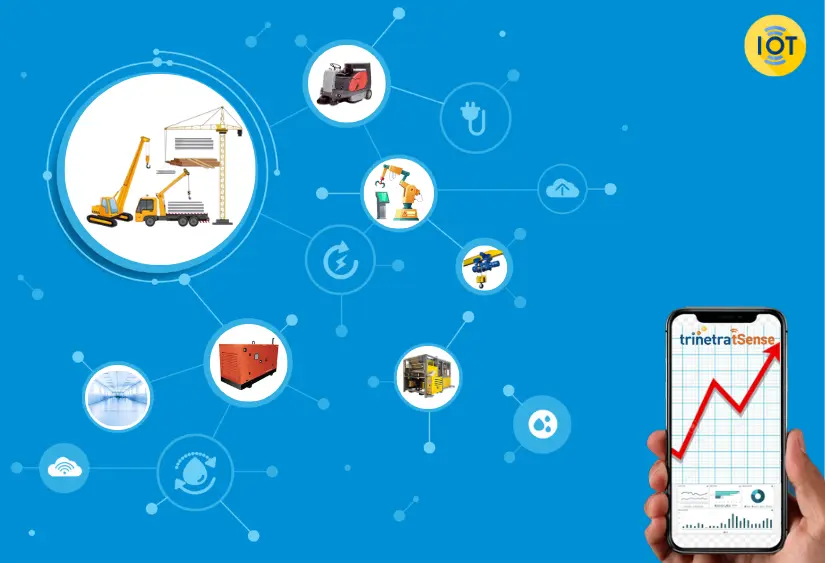IoT-enabled solutions are being increasingly adopted due to their ability to improve operational efficiency and drive revenue growth.
Here’s how businesses can benefit:
IoT Makes Businesses Smarter:
IoT connects devices and sensors to enable smarter, data-driven operations from the ground up.
Smarter Decisions & Operations:
Connected assets allow remote monitoring, automation, and real-time insights for faster, more accurate decision-making.
IoT with Telematics:
Telematics with GPS and sensors helps track vehicles and assets, reduce manual tasks, and cut costs through automation.
Smarter Products & Services:
IoT enables the creation of connected, intelligent products that customers prefer, enhancing product appeal and functionality.
New Customer Value Propositions:
IoT helps businesses deliver unique, tech-driven value to customers, improving loyalty and market competitiveness.
Evolving Business Models:
Companies use IoT to unlock new revenue streams and boost efficiency by integrating it into their core business models.
Enhanced Customer Engagement
IoT allows real-time feedback and behavior tracking, helping businesses personalize services and improve product offerings.
Faster Access & Speed
IoT accelerates business processes, shortens sales cycles, and improves customer responsiveness through digital integration.
Meeting Evolving Customer Needs
As customer expectations shift, IoT helps deliver more integrated and responsive solutions, driving higher demand.
Boosted Efficiency & Productivity
IoT improves asset utilization, reduces manual work, and enhances workforce productivity through smart automation.
IoT adoption is rapidly growing, offering businesses new opportunities to innovate, improve performance, and generate revenue.












